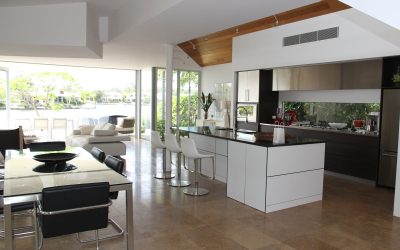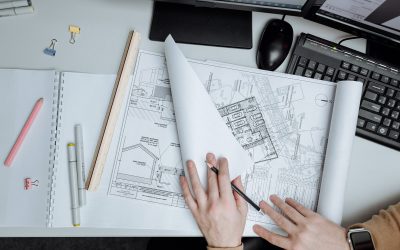In an era defined by environmental consciousness and a drive for sustainability, architecture is embracing an exciting transformation. Architects and designers are increasingly focused on creating eco-friendly, energy-efficient, and environmentally responsible structures that not only reduce our carbon footprint but also enhance our quality of life. As we step into 2023, the world of sustainable architecture is poised for remarkable innovations. Let’s explore the eco-friendly design trends that are shaping the architectural landscape this year.
1. Net-Zero Energy Buildings
Net-zero energy buildings, often referred to as NZEBs, have gained immense traction in the world of sustainable architecture. The concept is simple but revolutionary – these buildings generate as much energy as they consume. They achieve this through a combination of energy-efficient design, on-site renewable energy sources like solar panels, and energy storage systems. In 2023, the trend is not only about reducing energy consumption but also creating buildings that give back to the grid.
2. Biophilic Design
Biophilic design is a trend that continues to flourish in 2023. It centers on the idea that humans have an innate connection with nature. Architects are integrating elements of nature, such as natural light, green walls, and indoor gardens, into their designs to improve indoor air quality, reduce stress, and enhance overall well-being. By bringing the outdoors inside, these designs create healthier and more productive living and working environments.
3. Sustainable Materials and Adaptive Reuse
Sustainability isn’t limited to energy efficiency. Architects are also keen on using sustainable materials and embracing adaptive reuse. In 2023, we’re seeing a surge in the use of recycled, upcycled, and locally sourced materials. Adaptive reuse, the process of renovating existing structures for new purposes, is not only cost-effective but also environmentally friendly. It reduces waste and preserves the historical and cultural value of older buildings.
4. Smart and Energy-Efficient Technologies
The rise of the Internet of Things (IoT) and smart technology is impacting sustainable architecture as well. Buildings are becoming more intelligent, with features like energy management systems, automated lighting and HVAC controls, and real-time energy monitoring. These technologies optimize energy consumption and enhance the overall efficiency of buildings, making them more environmentally responsible and cost-effective.
5. Resilient and Climate-Adaptive Design
With the increasing frequency of extreme weather events, architects are focusing on creating resilient and climate-adaptive structures. These buildings are designed to withstand and respond to the challenges posed by climate change. Strategies include elevated designs to prevent flooding, hurricane-resistant construction, and innovative materials that can withstand extreme temperatures.
In 2023, sustainable architecture is not just a trend; it’s a fundamental shift in the industry. The emphasis on eco-friendly design goes beyond aesthetics and cost savings. It reflects a collective commitment to building a greener, healthier, and more sustainable world. Architects and designers are at the forefront of this movement, crafting structures that are not only aesthetically appealing but also environmentally responsible.
As we navigate the challenges of the 21st century, sustainable architecture will play a vital role in creating a brighter and more eco-conscious future. By embracing these eco-friendly design trends, we’re not only unlocking the power of sustainable architecture but also contributing to a planet that thrives alongside us.



